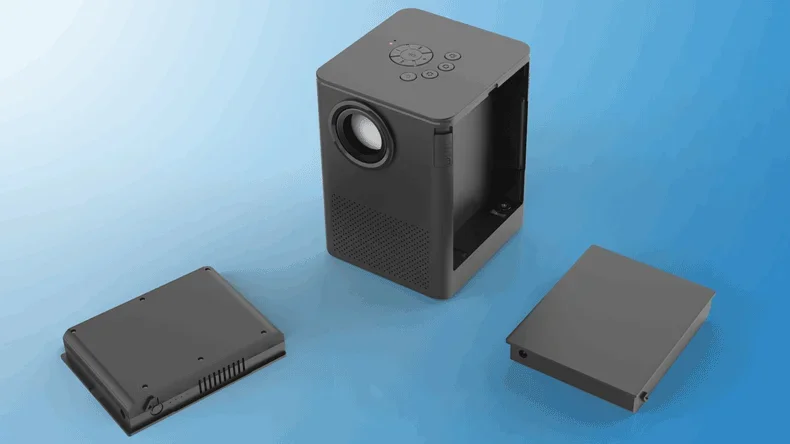
When considering product development for smart applications, you may select Espressif's chips, such as ESP32, as the main control chip of the intelligent terminal. Why? Espressif's IoT chips and modules integrate Wi-Fi and Bluetooth functions, and you don't need to develop them yourself.
How to make your initial plan into real IoT devices? You will need PCBONLINE's box-build assembly service, including product R&D, PCB (printed circuit board) fabrication, PCB assembly, and box-build assembly at one stop.
In this article:
Part 1: Why Espressif IoT? Part 2: PCBA Box Build Assembly for IoT Devices Part 3: IoT Applications of Espressif SolutionsWhy Espressif IoT?
In the IoT (Internet of Things), wireless connection technologies include Bluetooth, Wi-Fi, NFC, ZigBee, NB-IoT, and Lora. All Espressif chips use Wi-Fi technology, including Wi-Fi 4 and Wi-Fi 6. Since the first ESP32 was released in 2016, the Espressif MCUs (Microcontroller unit) and modules integrate both Wi-Fi and Bluetooth technologies. Since the ESP32-C6 and ESP32-H2 were released in 2021 and the ESP32-C5 was released in 2022, the Expressif chips also support ZigBee technology.
Besides the connection supporting Wi-Fi, Bluetooth, and ZigBee, Espressif IoT chips provide the open-source and modular-mode development framework RISC-V. Compared with the other framework, ARM, RISC-V does not require authorization, supports modular design, and has strong scalability. Thus, you don’t need to pay for the expensive authorization in your IoT device development.
Here are some Espressif IoT chips, modules, and DevKits.
|
Expressif products
|
Expressif series
|
Example image
|
Features
|
Applications
|
|
Chip
|
ESP8089
|
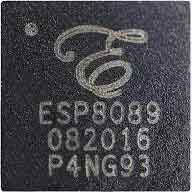 |
Released in 2013, a single Wi-Fi chip, high integration, strong anti-interference ability, and low power consumption
|
Tablets, set-top boxes, etc.
|
|
ESP8266
|
 |
Released in 2014, the Wi-Fi chip integrates a 32-bit MCU with high integration, low power consumption, high overall cost performance, and supports many mainstream IoT platforms.
|
Smart home, smart lighting, smart payment terminals, smart wearable equipment, sensing equipment and industrial control, etc.
|
|
|
ESP32
|
 |
Released in 2016, the chip integrates a dual-core 32-bit MCU, supports multiple communication protocols such as Wi-Fi, traditional Bluetooth, and low-power Bluetooth, and has strong computing and storage functions. It has low power consumption, high security, integrates AI artificial intelligence, has a wide range of uses, and supports many mainstream IoT platforms
|
Air purifiers, water purifiers, refrigerators, hoods and stoves, smart lamps, story machines, translators, reading pens, and sweeping robots
|
|
|
Module
|
ESP8266
|
 |
Modules manufactured based on ESP8266 series chips, released in 2014, have high integration, low power consumption, small size, easy secondary integration, and full product certification
|
Sweeping robot, smart lighting, smart homem
|
|
ESP32
|
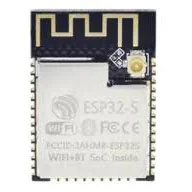 |
Modules manufactured based on ESP32 series chips, released in 2016, have full write pins, making it easier to design circuit boards, have outstanding radio performance, and have full product certification
|
Smart payment, smart security
|
|
|
ESP32-S
|
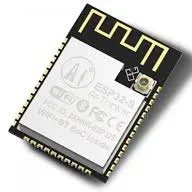 |
Released in 2019, the MCU integrates a dual-core Xtensa LX6 processor, built-in Wi-Fi and Bluetooth connectivity, low power consumption, and a rich peripheral set including GPIO pins, SPI, I2C, UART interfaces, ADC, and DAC.
|
Smart lighting systems, temperature and humidity sensors, door/window sensors, service robot
|
|
|
DevKit
|
ESP32-C
|
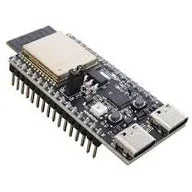 |
DevKits, released in 2016, are manufactured based on ESP8684 series chips. They integrate Wi-Fi and Bluetooth LE functions, have excellent RF performance, and are fully product-certified.
|
Fitness trackers, smart speakers, health monitors, agricultural sensors
|
|
ESP32-H
|
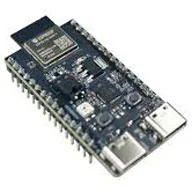 |
Released in 2021, features two USB Type-C connectors, a low-power microcontroller with integrated Bluetooth 5.2 LE, and IEEE 802.15.4 radio module supporting Zigbee/Thread.
|
Smart payment, smart security, AI glasses
|
For any of the chips, modules, and DevKits, Espressif offers comprehensive documentations for your custom development, including schematics, PCB layout, and hardware.
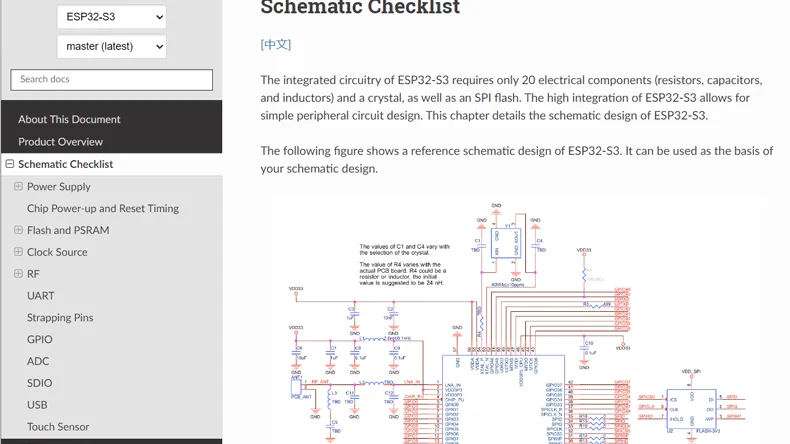
Besides the updates and iterations of the AIoT MCU and SoC (system on chip), Espressif creates open-source IoT development frameworks and platforms for building IoT applications. These frameworks include ESP-IDF, ESP-ADF, ESP-MDF, ESP RainMaker, ESP-WHO, and ESP-Skainet. For example, the audio development framework ESP-ADF can realize AI interactive functions, such as speech recognition, voice wake-up, echo cancellation, continuous dialogue, and voice control. The facial recognition development framework ESP-WHO's core function is face detection and recognition.
PCBA Box Build Assembly for IoT Devices
How to turn your IoT product design using ESP chips or modules into life? You will need PCBA box-build assembly, which is flexible production, to fabricate your IoT design from design to PCB assembly and final products.
An Espressif chip or module is an MCU or SoC that acts as the main chip of the board. Your IoT product design is developed based on the ESP chip or module that you select, so you need to carefully study the hardware design guidelines of the chip or module before the software and PCB design for your custom product.
If you lack enough R&D capabilities for PCB, software, and enclosure design, you can order the PCBA box-build assembly services to turn your initial plan into real products!
The one-stop PCBA manufacturer provides a box-build assembly for IoT applications using the Espressif MCU and SoC. The box-build assembly services include software and hardware R&D, PCB fabrication, PCB assembly, component sourcing for ESP chips/modules, and all the other required electronic parts, enclosures, and box-build assembly.
PCBONLINE, a source factory PCBA manufacturer founded in 1999, has two large advanced PCB manufacturing bases, one PCB assembly factory, and an R&D team. We provide one-stop electronics manufacturing and R&D for your Expressif IoT projects until the final product delivery.
If you need one-stop PCB assembly for DC/AC converters or any other electrical or electronic devices, you can work with the EMS (electronic manufacturing service) PCBA manufacturer PCBONLINE. PCBONLINE provides PCB fabrication, component sourcing, PCB assembly, box build assembly, and R&D to meet your custom electronics manufacturing demands at one stop.
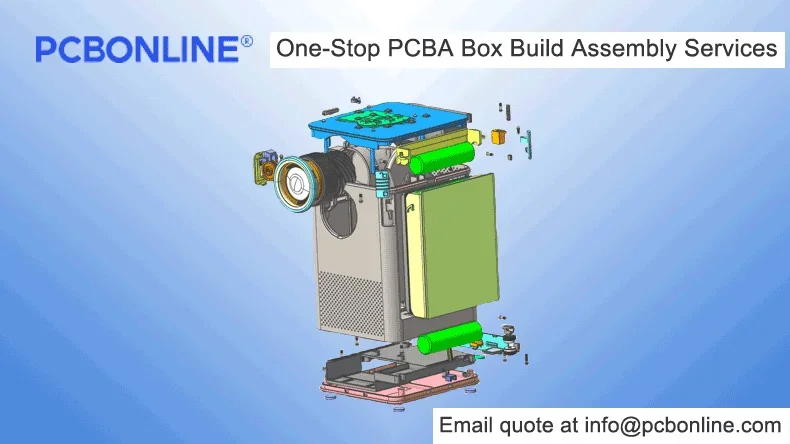
PCBONLINE, founded in 1999, has two large advanced PCB manufacturing bases, one EMS PCB assembly factory, and an R&D team. You can have any converter PCBAs, whether they are DC/AC, AC/DC, DC/DC, AC/AC, etc, manufactured and assembled to be what you need from us.
PCBONLINE is a general agent for Espressif chips and modules, we can reduce your IoT project's fabrication cost greatly.
Mature plans for IoT device development using the ESP MCUs and modules, including facial recognition, audio recognition, etc.
We can help you with one-stop R&D for your ESP IoT project, including software, PCB, PCBA, enclosure, and even product manual.
PCBONLINE has successfully manufactured many IoT projects, including AIoT high-definition cameras, face recognition door locks, smart mixers, and projectors.
High-quality electronics manufacturing certified with ISO 9001:2015, IATF 16949, RoHS, REACH, IPC-A-610 Class 2/3, and UL.
Once your order quantity reaches a certain number, you will receive free R&D, a PCBA sample, and functional testing for bulk production.
An ESP PCBA Example
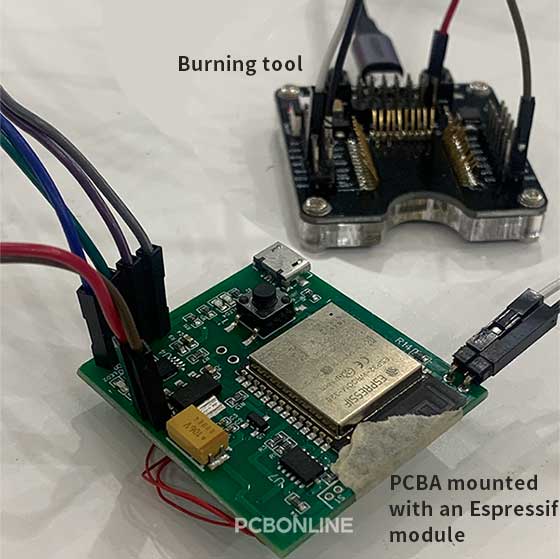
This is an ESP PCBA manufactured by PCBONLINE for intelligent sensor products. During the IC programming or burning process, we encountered a problem with an insufficient power supply.
The ESPRESSIF module is the component for burning. Initially, we suspected either a voltage or software issue, but after conducting an online meeting with our clients' engineering team, it became clear that this was not the case.
The issue with the power supply voltage has been resolved, yet the "SYNC" error message (indicating insufficient power to function properly) still appears. What could be the cause of this persisting problem?
Our engineer, Mr Ho, spent two hours constantly testing and troubleshooting and finally focused on the burning tool while maintaining the short circuit between the two pins. The key was on "Cold Boot"!
Yes, in the case of direct access, you need to manually remove the GND connection port again and install the connection twice. Then, the burning program can run successfully!
Does the ESP PCBA example ensure your confidence in PCBONLINE? We provide one-on-one engineering support and considerate customer service throughout your project. If you want PCB fabrication, assembly, ESP chips and other components, and IoT final product box build assembly, email your inquiry to PCBONLINE at info@pcbonline.com.
IoT Applications of Espressif Solutions
If you want to develop smart AI and IoT home appliances and consumer electronics, the most recommended solutions are based on Espressif MCUs (microcontroller units) and SoCs (systems on chips). They are cost-effective, and the technology is mature.
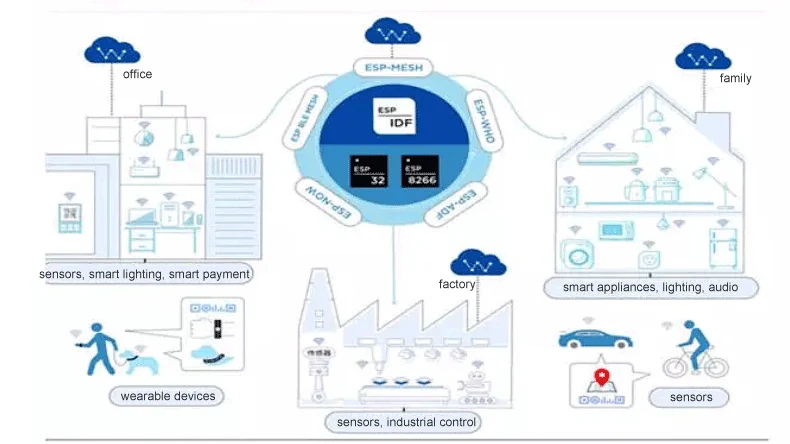
By using the ESP chips or modules as the main chip on your device's circuit board, you can custom-develop many applications under your brand.
Consumer electronics and IoT home appliances
The IoT applications and consumer electronics using ESP solutions include smart speakers, home surveillance cameras, integrated smart lighting systems, air conditioners, coffee machines, electric curtains, sweeping robots, air purifiers, set-top boxes, personal computers, TVs, audio, etc.
Smart security
The smart security applications using ESP chips and MCUs include door locks, smoke alarms, gas sensors, wireless sensor alarms, smart hosts with integrated anti-theft gateways, smart cameras, infrared electronic walls (infrared beams), wind and rain remote sensors, gas leakage intelligent disposal robots, infrared sensor alarms, infrared Electronic curtains, and wireless induction door magnets.
Mobile communication
Mobile communication applications using ESP chips and MCUs include:
- smartphones
- tablets
- routers
- smart payment terminals
To sum up, the Espressif solutions can be used in all electronic devices in the Wi-Fi and Bluetooth environment.
Conclusion
Espressif provides the most popular IoT solutions, such as ESP32, and open-source frameworks, such as ESP-WHO, to build IoT applications. The ESP chips and modules are very affordable, and you will find comprehensive design guidelines for the ESP solution you're interested in. To turn your IoT project plan into real products, you don't have to look for different suppliers for different development and manufacturing stages. Instead, you can have an IoT product box-build assembly all under one roof from the electronics manufacturer PCBONLINE.
PCB assembly at PCBONLINE.pdf







